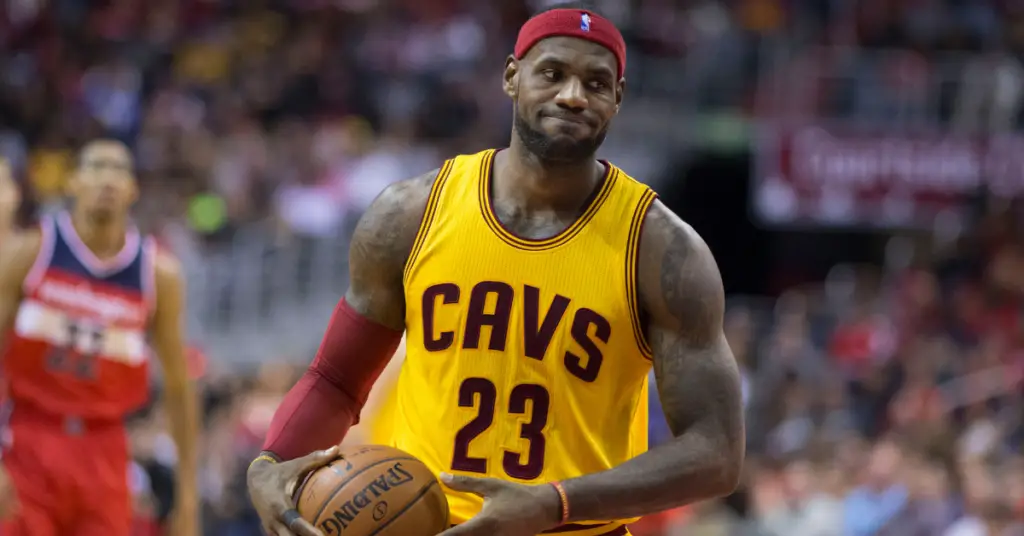We all know LeBron James — basketball superstar, ace social media influencer, and an incredible all-around athlete.
Everything he does makes us gasp in awe and admire him because he’s awesome.
Table of Contents
From his basketball moves to his off-court gestures, LeBron James is an ideal role model for everyone who wants to become as famous and successful as him.
One of the things people are in awe of him is his dunks. He often does them during basketball games, and they’re always so impressive. Even if you’re not a big basketball fan, you can’t help but be impressed by his dunks. So, what’s the reaction force when LeBron James dunks?
Let’s answer that question in this article.
Understanding Reaction Force
To answer this question, we first need to understand a reaction force. So, what is a reaction force?
In physics, a reaction force is a force that is exerted on an object in response to another force. It is equal in magnitude but opposite in direction to the other force.
For example, when you jump off the ground, the ground exerts a force on you equal in magnitude but opposite in direction to the force you exerted on the ground. This is what allows you to move upward.
Now that we understand reaction force let’s apply it to basketball.
When a player like LeBron James dunks the ball, he tends to exert some force on the ball. In response, the ball exerts a reaction force toward him. This is what allows him to move upward and perform the dunk.
So, what is the reaction force when LeBron James dunks?
The answer is that it depends on the mass of the basketball and the acceleration of LeBron James as he performs the dunk.
If we assume that the basketball has a mass of 5 kg and LeBron James has an acceleration of 9 m/s2. The reaction force would be 45 N. This is the amount of force the basketball would exert on LeBron James as he performed the dunk.
Of course, this is just an example. The actual reaction force would depend on the actual mass of the basketball and the actual acceleration of LeBron James.
In conclusion, the reaction force when LeBron James dunks is equal to the mass of the basketball times the acceleration of LeBron James.
Why Is This Important?
Discussing reaction force in basketball is like talking about UN politics in student elections. It’s just too broad, and why are we talking about it?
There are two main reasons why this is important. The first reason is that it helps us understand how basketball works. The second reason is that it helps us understand how physics works.
The reaction force allows players to jump and dunk the ball in basketball. Without a reaction force, players would just stay on the ground. They wouldn’t be able to jump or dunk the ball.
In physics, the reaction force is a fundamental concept. It is one of the basic laws of motion. Understanding the reaction force can help us understand other concepts in physics.
How Can We Benefit From This?
We can benefit from this in two ways. The first way is by using it to improve our basketball skills. The second way is by using it to improve our understanding of physics.
If we understand the reaction force, we can use it to improve our basketball skills. For example, we can use it to calculate how much force we need to jump higher.
If we understand the reaction force, we can use it to improve our understanding of physics. For example, we can use it to calculate the amount of force exerted on an object when it collides with another object.
Lastly, it makes learning about physics more fun since we can easily relate it to more relatable stuff, such as LeBron James when he dunks spectacularly.
Conclusion
Understanding the reaction force when LeBron James dunks is important because by understanding the force behind his dunks, that’s when we can fully appreciate his athleticism.
Not to mention, understanding the reaction force is also beneficial in basketball and physics. It is also a fundamental law of motion, which would make learning physics super fun. After all, science is everywhere. You just need to understand the language. So, go out there and learn more about basketball and physics!

